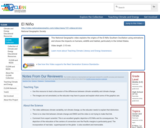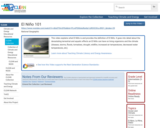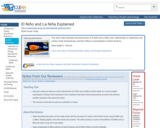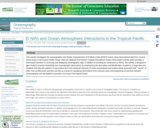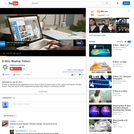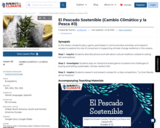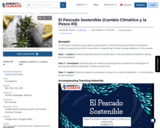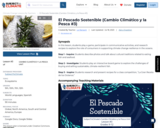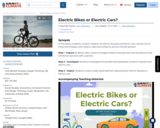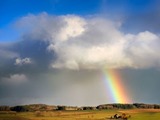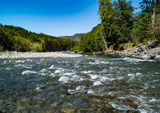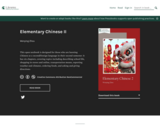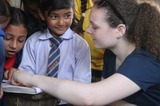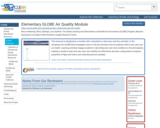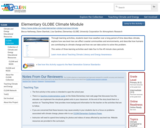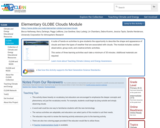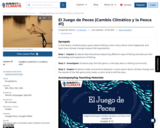
SYNOPSIS: In this lesson, students play a game about fishing, write a story about what happened, and learn how climate change impacts fish populations.
SCIENTIST NOTES: In this lesson, students play the Fish Game to investigate sustainable fishing practices. This lesson passes our scientific review process.
En esta lección, los estudiantes juegan El Juego de Peces para investigar prácticas de pesca sostenible. Esta lección pasa nuestro proceso de revisión científica.
POSITIVES:
-This lesson includes hands-on, student-led communicative tasks and an authentic Spanish language listening activity.
-The fish game allows students to practice their extemporaneous speaking skills while learning about the impact of decision-making on communities.
-By playing the fish game, students encounter the economic, ecological, and social challenges of sustainable fishing.
ADDITIONAL PREREQUISITES:
-This is Lesson 1 of 3 in our Cambio Climático y la Pesca unit.
-This lesson is meant for students with an intermediate-low Spanish language proficiency level. However, novice-high level students can play the game by using the support materials in the Differentiation section below.
-Teachers can use paper clips or scraps of paper to represent the fish in the game to help students visualize their “catches” and the fish remaining in the lake.
DIFFERENTIATION:
-Students who need a review of basic grammatical concepts can complete the Grammar Review before playing the game.
-Students with novice-high proficiency levels can use the useful phrases included at the end of the El Juego de Peces Student Packet to help them interact in Spanish during the game.
-The tira cómica activity in the Inspire section can be modified to incorporate advanced grammar, such as the use of past tenses or the present tense subjunctive.
- Subject:
- Arts and Humanities
- Languages
- Material Type:
- Lesson Plan
- Provider:
- SubjectToClimate
- Author:
- Liz Ransom
- Date Added:
- 06/30/2023
